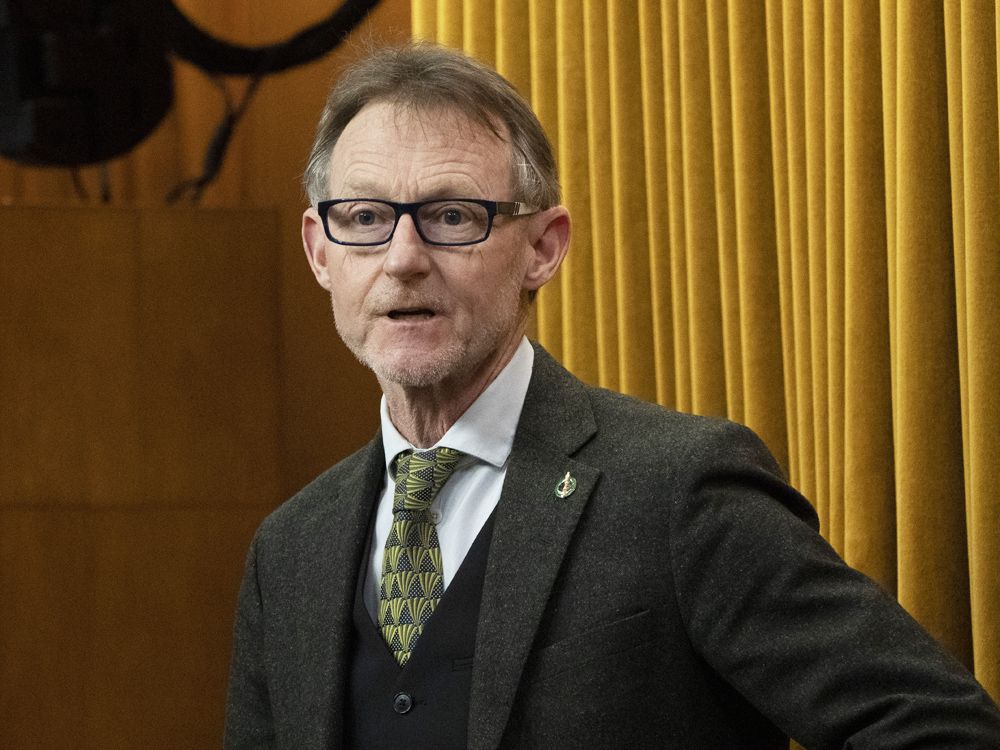- Reaction score
- 15
- Points
- 330
Try 6 months after Confederation & a decade later to go from Shall Issue to May Issue (de facto) for concealed carry. I'd make it all nice and point-form like yours, but I'm busy for the next few hours.Food for Thought…
A history of gun control in Canada.
• In 1913, you required us to have a permit to carry a handgun.
Sadly, edit limit.
Just six months after Confederation, the renewed threat of Fenian-led invasion from the United States prompts the federal government to pass legislation on 21 December 1867 prohibiting the “. . . unlawful training of persons to the use of arms.”
In April of 1877, Liberal Justice Minister Edward Blake tells Parliament that the “. . . practice of carrying firearms is becoming too common . . . they were carried by two classes who ought not to carry them . . . the rowdy and reckless characters, and boys and young men.” His government responds by introducing legislation recognising the defence of self, family or property as the only legitimate reason for carrying a “pistol” or “air gun” upon the person.
this legislation did not outlaw the carrying of firearms upon the person, which was evidently quite widespread, but merely specified that carrying a “pistol” or “air guns” in a manner that would upset the public could result in a possible jail term unless that person could prove that he or she carried a “pistol” or “air gun” because they had “reasonable cause” to fear an assault to self, family or property.
In 1878, alarmed by violent Orange Day rioting in Montreal that is blamed on Irish-Canadians, the federal government reacts by eliminating an accused person’s right to a trial by jury, and orders the licensing of gun owners in proclaimed districts of Canada.
The federal government’s first serious attempt at region-wide gun control occurs after the 1885 rebellion. Parliament bans aboriginals, metis and “disloyal” white settlers in the Northwest Territories from possessing “improved arms” (firearms with rifled barrels) and cartridge ammunition.
In 1892, provisions were introduced into the new Criminal Code requiring handgun owners to obtain a “certificate of exemption” from a justice of the peace if they wanted to carry a handgun on their person outside their home or place of business
The popular belief that “aliens” were genetically inferior, inherently criminal and predisposed to “radical”; i.e., violent, politics is combined with an exaggerated perception of rising violent crime in Canada’s “foreign settlements.” This anti-immigrant hysteria is used to justify handgun licensing and registration laws passed by Ontario in 1911, Manitoba and Saskatchewan in 1912, and British Columbia in March of 1913
Since the new law is administered by predominantly white, Anglo-Saxon police officers, it is fairly self-evident that ‘permits to carry’ were simply not an option open to resident “aliens.”
Following the 1919 Winnipeg General Strike, the federal government responds to the establishment’s fears of Bolshevik revolution, erroneously attributed to non-British “alien scum,” by prohibiting non-British immigrants from owning firearms and ammunition
Government paranoia over a possible Bolshevik revolution peaks in July 1920. The federal government orders the licensing of gun owners and the registration of rifles.
National handgun registration is born in the context of the social and political upheavals of the Great Depression. It is passed on 3 July 1934, having been rushed through Parliament in only ten days.
Confiscating firearms from ethnic minorities, even those individuals who emigrated from nations that Canada was not at war with, was common during the First and Second World Wars. In WW2, registered firearms were confiscated from Japanese-Canadians early in 1940, long before Canada was at war with Japan.
On 2 August 1940, Montreal Mayor Camillien Houde publicly urges male Quebeckers to refuse registering for mandatory military service. The following day the federal government issues an order-in-council under authority of the Defence of Canada Regulations requiring the registration of all rifles and shotguns.
A registration certificate issued under the 1940 OIC contains the name, address and occupation of the owner; the purpose for which the firearm is owned; a description of the firearm; the racial origin of the owner; and, whether or not the owner is a British subject.
While many resident non-British immigrants present firearms for “registration,” RCMP Annual Reports show that the majority of registration certificates that are issued to “aliens” go only to visiting American businessmen and hunters. It appears that most firearms submitted for registration by non-British immigrants are simply confiscated.
A Brief History of Gun Control in Canada, 1867 to 1945 - Canadian Shooting Sports Association
Bill C-68's enormous cost overruns continue to generate intense controversy over the rationale and efficacy of Canada's firearm controls. But conflict in Canada over regulating firearms is nothing new. It has occurred many times since Confederation. In the first of two articles, I will provide a...
 cssa-cila.org
cssa-cila.org



